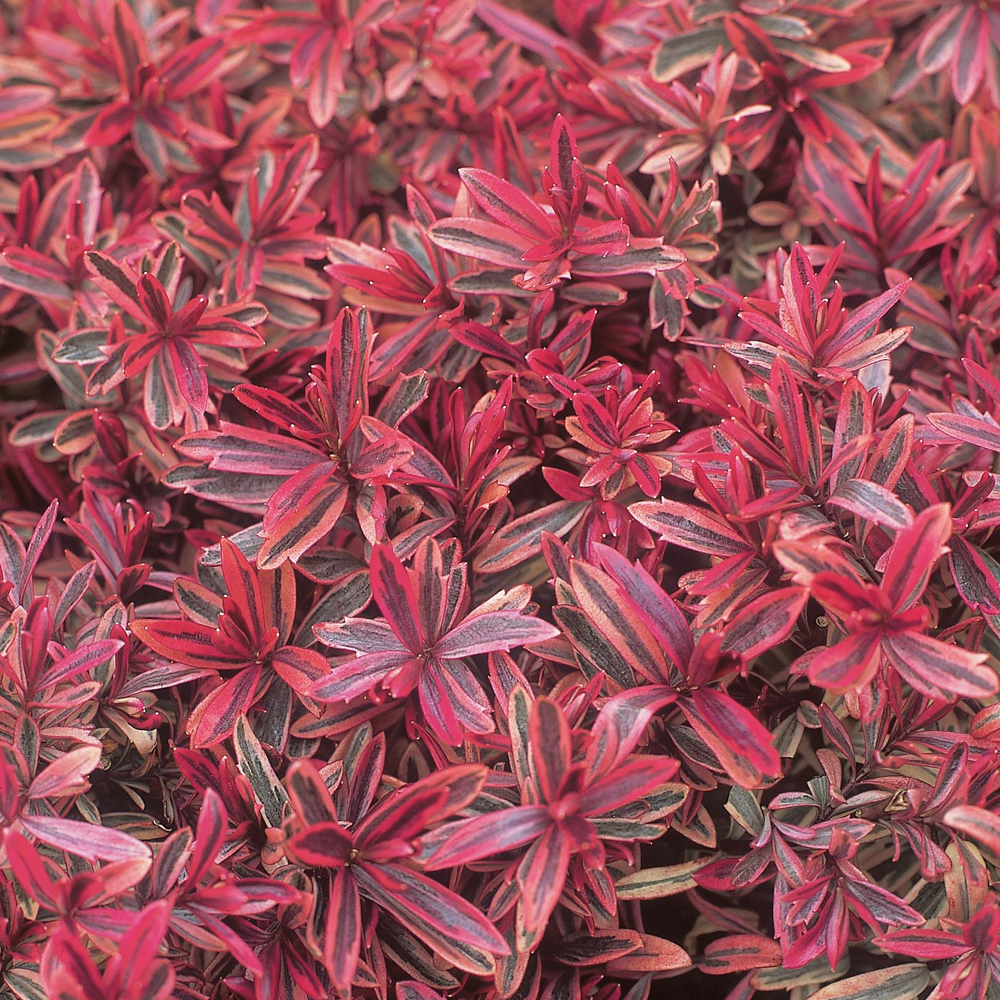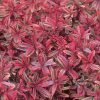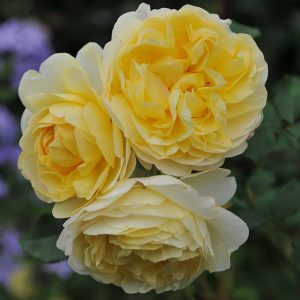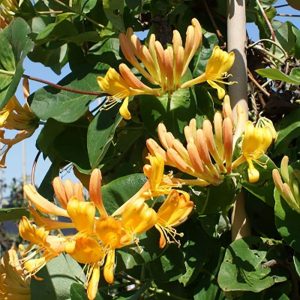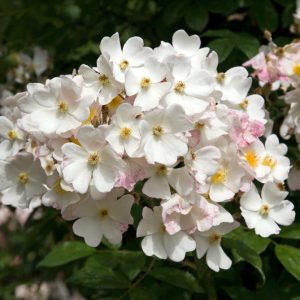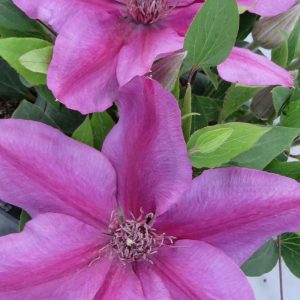Description
Hebe is a genus of evergreen shrubs native to New Zealand, and widely popular for their attractive foliage and showy flowers. They come in a range of sizes, from dwarf varieties to larger shrubs, and their leaves vary in color from deep green to variegated shades of silver and gold. In summer, Hebes produce spiky clusters of flowers in shades of white, pink, purple, and blue, which attract bees and butterflies to the garden. Hebes are versatile plants that can be used in a variety of garden styles, from modern to cottage gardens, and they make great additions to mixed borders or as standalone specimens. They are generally low-maintenance and can tolerate a range of soil types and conditions, but do best in well-drained soil and full sun to partial shade. It’s important to note that some Hebes can be tender and may require protection in colder climates.
Key Facts
- Common Name(s):Shrubby Veronica ‘Heartbreaker’
- Hardiness:Half hardy and would benefit from protection through Winter.
- How big will I get? Hebe ‘Heartbreaker’ can grow to a height of 1m and a spread of 1m.
- Did You Know That:Some botanists include Hebes in the Veronica Genus?
Plant Calendar
A rough guide to how this plant will change through the year.
| Jan | Feb | Mar | Apr | May | June | July | Aug | Sept | Oct | Nov | Dec | |
| Flowering Time |  |
 |
||||||||||
| Foliage Colour |   |
  |
  |
  |
  |
  |
  |
  |
  |
  |
  |
  |
| J | F | M | A | M | J | J | A | S | O | N | D |
 |
 |
||||||||||
  |
  |
  |
  |
  |
  |
  |
  |
  |
  |
  |
  |
Care Guide

Soil Requirements
Hebe ‘Heartbreaker’ is a versatile plant and can cope with wet or drier soils, but prefers there to be decent drainage. This plant is not tolerant of acidic soil, it requires either a neutral or alkaline soil to grow.

Best Position
Hebe ‘Heartbreaker’ prefers a sheltered position and can cope with either full sun or partial shade.

Maintenance
Hebe ‘Heartbreaker’ can be trimmed in late Summer, or early Autumn, removing up to a third of the foliage and all the spent flowers. This will help keep the plant compact with dense foliage coverage, and encourage strong new growth the following Spring.

Pest, Diseases and Wildlife
Hebe ‘Heartbreaker’ can have problems with aphids, it can be vulnerable to certain diseases such as leaf spot and downy mildew. It is also known to attract bees and other pollinators. It is toxic to cats, dogs and horses.
